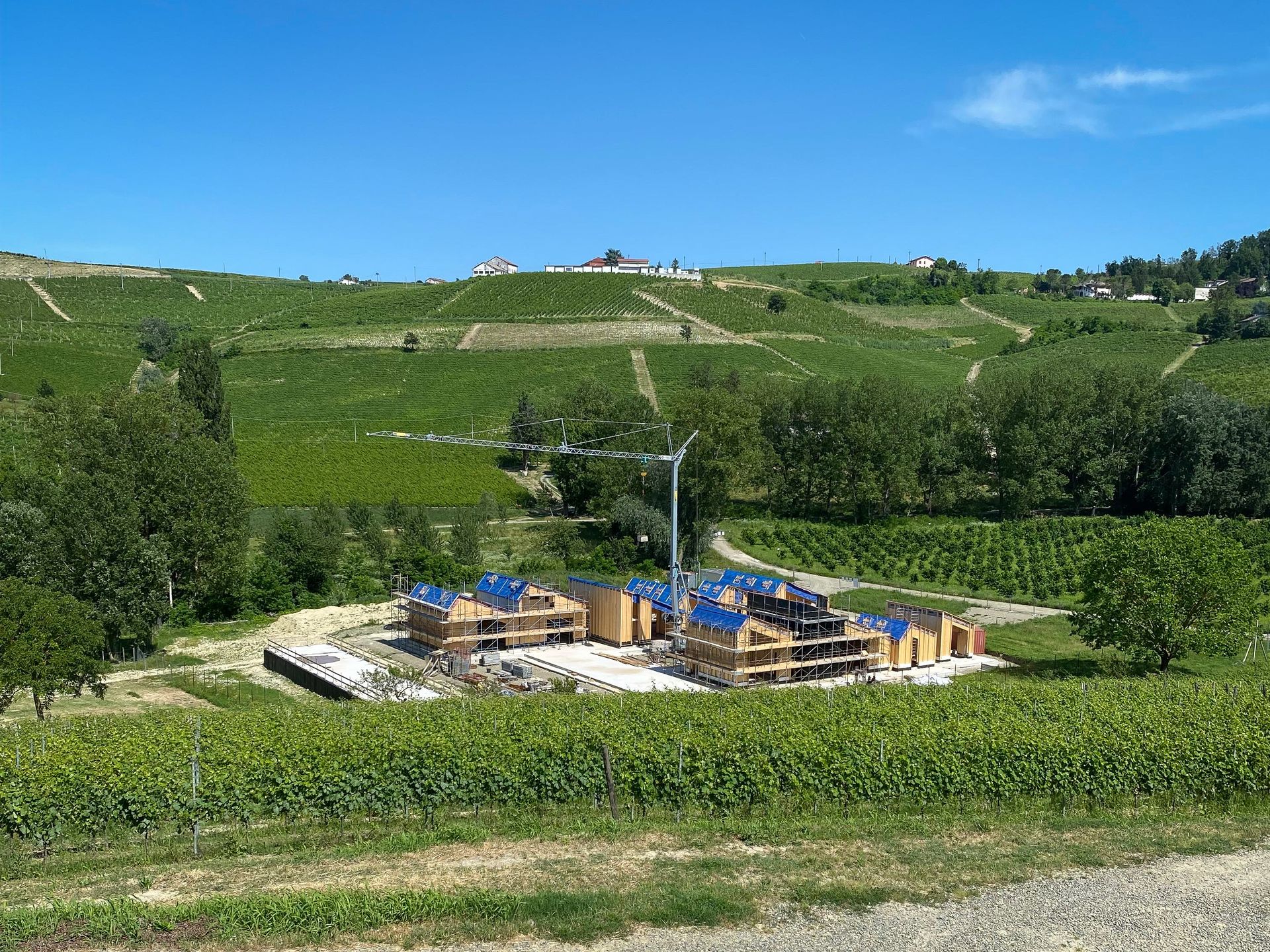Harnessing geothermal power: An exploration of earthbound energy storage

As the world continues to search for new and green ways to meet its growing energy needs, geothermal systems have emerged as a fascinating contender to solve this conundrum.
Broadly speaking, this technology uses heat energy stored beneath the earth’s surface and, while used for centuries, new advancements have altered how we utilise this source.
With this in mind, we’re proud and excited to publish a piece of brand-new research examining the potential benefits of geothermal energy. The paper in question focuses on low-enthalpy systems, which use thermal energy that’s relatively close to the surface of the Earth.
In particular, it digs into a type of this, known as vertical closed-loop geothermal systems. These involve drilling boreholes into the ground and circulating fluid through pipes to absorb or dissipate heat. The question, of course, is just how feasible and effective these vertical closed-loop geothermal systems are in the real world — especially in remote locations. Places that are some distance from the grid often have to rely on petrol-driven generators or other less climate friendly ways of creating energy. Could geothermal setups provide a solution?
Thankfully, this question was confronted by Mattia Gorzegno at the Politecnico di Torino for his Master’s degree in renewable energy systems. He studied the vertical closed-loop geothermal system in use at the Valle Vento Farm Area, a project that’s implementing a variety of forward-thinking sustainability solutions to help inspire and change the agricultural industry.
Overseen by Professor Federico Vagnon and undertaken in conjunction with Geonovis Energia Geotermica, Gorzegno’s research discovered huge benefits associated with technology.
Their efficiency makes vertical closed-loop geothermal systems ideal to meet modern energy demands, a single setup providing heating, cool, and domestic hot water — all without the dangers associated with fossil fuels.
Vertical closed-loop geothermal systems not only offer environmental and economic benefits, but functional ones too, as they have a compact design, minimal maintenance needs, and ability to produce energy all-year around.
To dig deeper into this, and to discover how this technology can build long-term climate resilience, you can read Gorzegno's thesis here